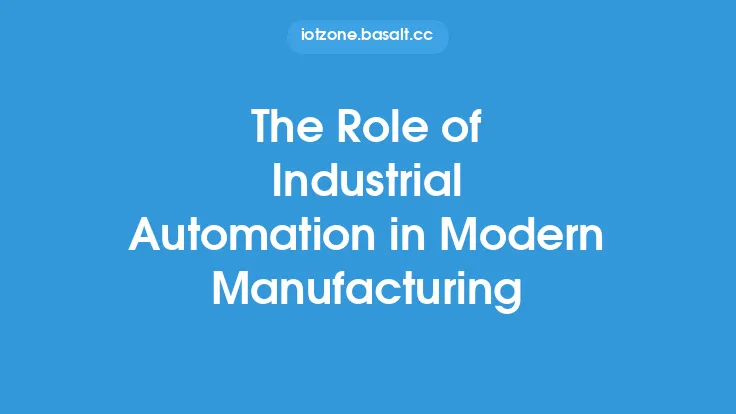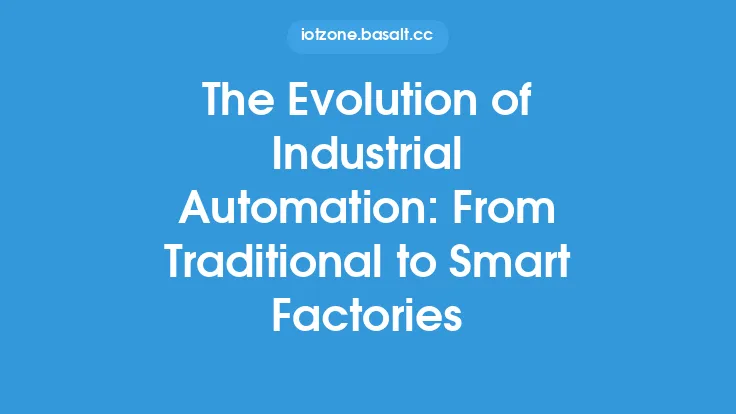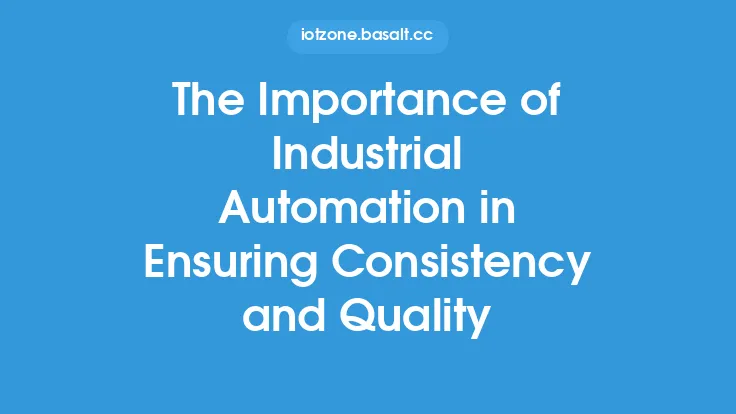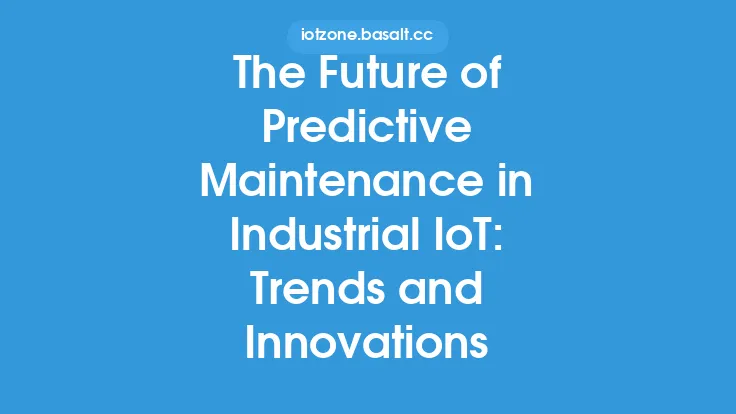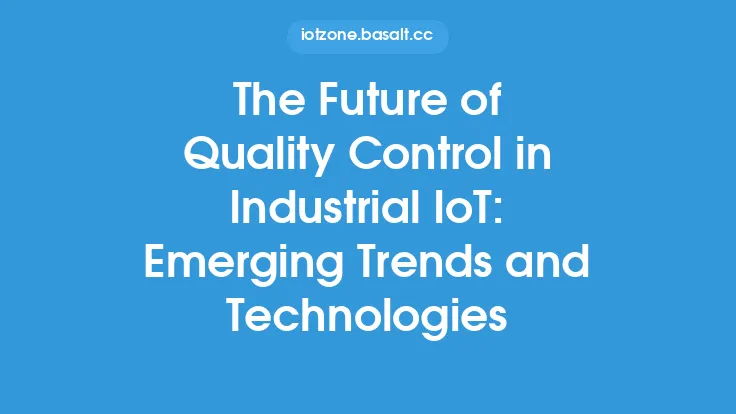The advent of digital transformation has revolutionized the way industries operate, and industrial automation has been at the forefront of this change. By leveraging advanced technologies such as robotics, artificial intelligence, and the Internet of Things (IoT), industrial automation has enabled companies to streamline their processes, improve efficiency, and reduce costs. In this article, we will delve into the world of industrial automation and explore its role in driving digital transformation in industries.
What is Industrial Automation?
Industrial automation refers to the use of technology to automate and control industrial processes, such as manufacturing, processing, and distribution. It involves the use of various devices, systems, and software to monitor, control, and optimize industrial operations. Industrial automation can be applied to various industries, including manufacturing, oil and gas, chemicals, pharmaceuticals, and food processing, among others. The goal of industrial automation is to improve productivity, reduce labor costs, and enhance product quality by minimizing human error and maximizing efficiency.
Key Technologies Driving Industrial Automation
Several key technologies are driving the growth of industrial automation, including:
- Programmable Logic Controllers (PLCs): These are specialized computers used to control and monitor industrial processes. PLCs are widely used in manufacturing, oil and gas, and other industries to automate tasks such as pumping, conveying, and processing.
- Supervisory Control and Data Acquisition (SCADA): This technology is used to monitor and control industrial processes in real-time. SCADA systems collect data from sensors and other devices, analyze it, and provide insights to operators to optimize process performance.
- Human-Machine Interfaces (HMIs): HMIs are used to interact with industrial automation systems, providing operators with real-time data and control capabilities. HMIs can be used to monitor process performance, receive alerts, and make adjustments to optimize production.
- Industrial Internet of Things (IIoT): The IIoT refers to the use of IoT technologies in industrial settings. IIoT devices, such as sensors and actuators, can be used to collect data, monitor processes, and optimize performance in real-time.
Benefits of Industrial Automation
The benefits of industrial automation are numerous and well-documented. Some of the most significant advantages include:
- Improved Efficiency: Industrial automation can help companies streamline their processes, reduce waste, and improve productivity.
- Increased Accuracy: Automated systems can perform tasks with greater accuracy and precision than human operators, reducing errors and improving product quality.
- Reduced Labor Costs: By automating tasks, companies can reduce labor costs and minimize the risk of workplace accidents.
- Enhanced Operational Visibility: Industrial automation provides real-time data and insights, enabling companies to monitor and optimize their processes in real-time.
Applications of Industrial Automation
Industrial automation has a wide range of applications across various industries, including:
- Manufacturing: Industrial automation is widely used in manufacturing to automate tasks such as assembly, welding, and inspection.
- Oil and Gas: Industrial automation is used in the oil and gas industry to monitor and control processes such as drilling, production, and refining.
- Chemicals: Industrial automation is used in the chemicals industry to monitor and control processes such as mixing, reacting, and packaging.
- Pharmaceuticals: Industrial automation is used in the pharmaceuticals industry to automate tasks such as filling, packaging, and labeling.
Challenges and Limitations of Industrial Automation
While industrial automation offers numerous benefits, there are also several challenges and limitations to consider, including:
- High Upfront Costs: Implementing industrial automation systems can be expensive, requiring significant investment in hardware, software, and training.
- Complexity: Industrial automation systems can be complex and difficult to integrate with existing systems and infrastructure.
- Cybersecurity Risks: Industrial automation systems can be vulnerable to cybersecurity threats, such as hacking and data breaches.
- Skills and Training: Implementing industrial automation systems requires specialized skills and training, which can be a challenge for companies with limited resources.
Future of Industrial Automation
The future of industrial automation is exciting and rapidly evolving. Some of the key trends and innovations that are expected to shape the industry include:
- Artificial Intelligence (AI): AI is expected to play a major role in industrial automation, enabling companies to optimize processes, predict maintenance, and improve product quality.
- Machine Learning (ML): ML is expected to be used in industrial automation to analyze data, identify patterns, and make predictions.
- Industrial Internet of Things (IIoT): The IIoT is expected to continue to grow and evolve, enabling companies to collect and analyze data from a wide range of devices and sensors.
- 5G Networks: The advent of 5G networks is expected to enable faster, more reliable communication between devices and systems, enabling real-time monitoring and control of industrial processes.
Conclusion
Industrial automation is a key driver of digital transformation in industries, enabling companies to streamline their processes, improve efficiency, and reduce costs. By leveraging advanced technologies such as robotics, AI, and IIoT, industrial automation has the potential to revolutionize the way industries operate. While there are challenges and limitations to consider, the benefits of industrial automation are numerous and well-documented. As the industry continues to evolve and innovate, we can expect to see even more exciting developments and applications of industrial automation in the future.
